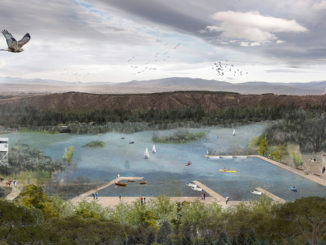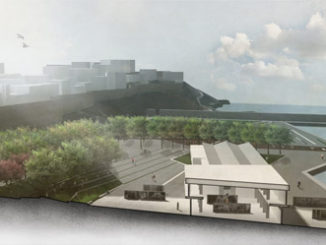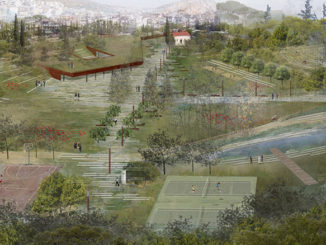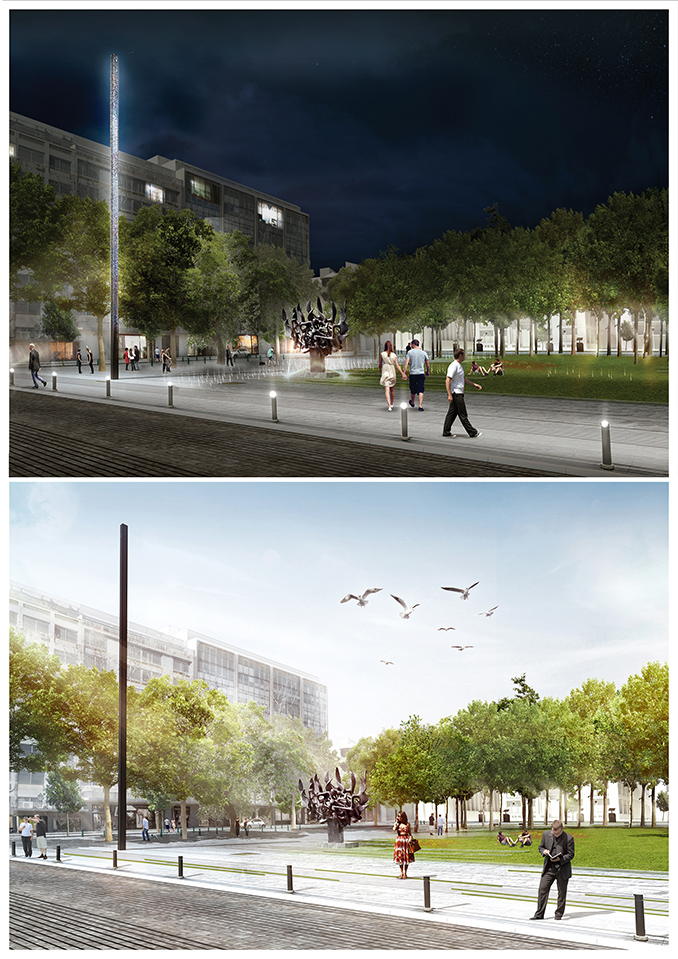
In 2013 the city of Thessaloniki in northern Greece organized an architectural competition for the regeneration Eleftherias Square, currently being used as a parking space, with an unprecedented number of more than 130 competition entries. After winning the first award, TCP-architects were appointed by the municipality of Thessaloniki to undertake the design of the square. All design phases are now completed.
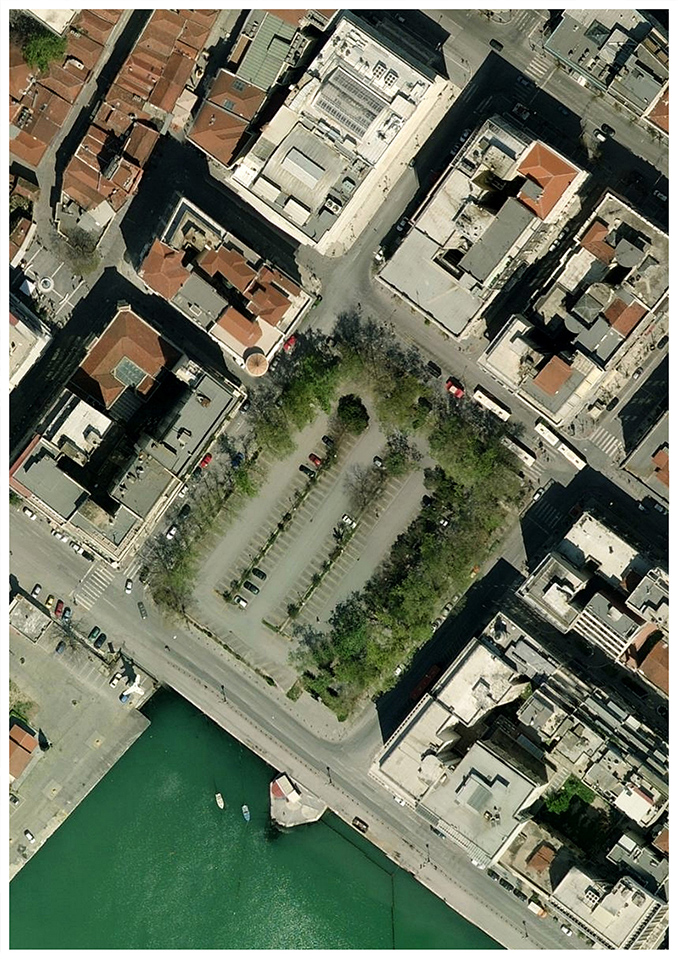
Eleftherias square is at the heart of the city and has a rich history. It was formed in 1870 as the first square of the modern Thessaloniki and was for years its official entrance, when approached from sea. It took its current name (meaning Square of Freedom) in 1908 when it hosted the central demonstrations and the formative meeting of the Young Turks movement. It is the place where in October 1912 the Greek liberation army made its triumphant entrance to the city and where in 1942 the Jewish population of Thessaloniki was gathered and tortured by the Nazis before being sent to concentration camps.

Through the use of contemporary architectural and urban design interventions, the design seeks to re-invent Eleftherias Square as a space of promenade and recreation, while contributing to the enrichment of the existing vegetation and the highlighting of the distinctive characteristics and the history of the square.
A distinct cluster of trees, placed in a carefully chosen position, organizes the design and enhances both the existing vegetation and the other environmental factors, without however resulting to the disruption of the unity of the space. The central part of the square remains free from vegetation, opening to the view and to the sea.
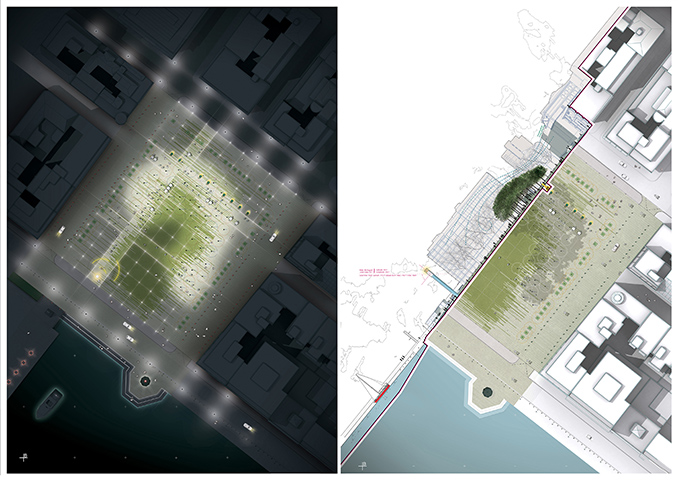
Further Design Narrative
Underlines the bioclimatic characteristics of the site, the greenery, the sun light and the ventilation of the wider area.
Ensures a unified perception of the site of the square by developing it on a single level.
Maintains and enhances the tall trees, treating them as the main structural element of the design.
Strengthens the theatricality of the square in its relation to the sea.
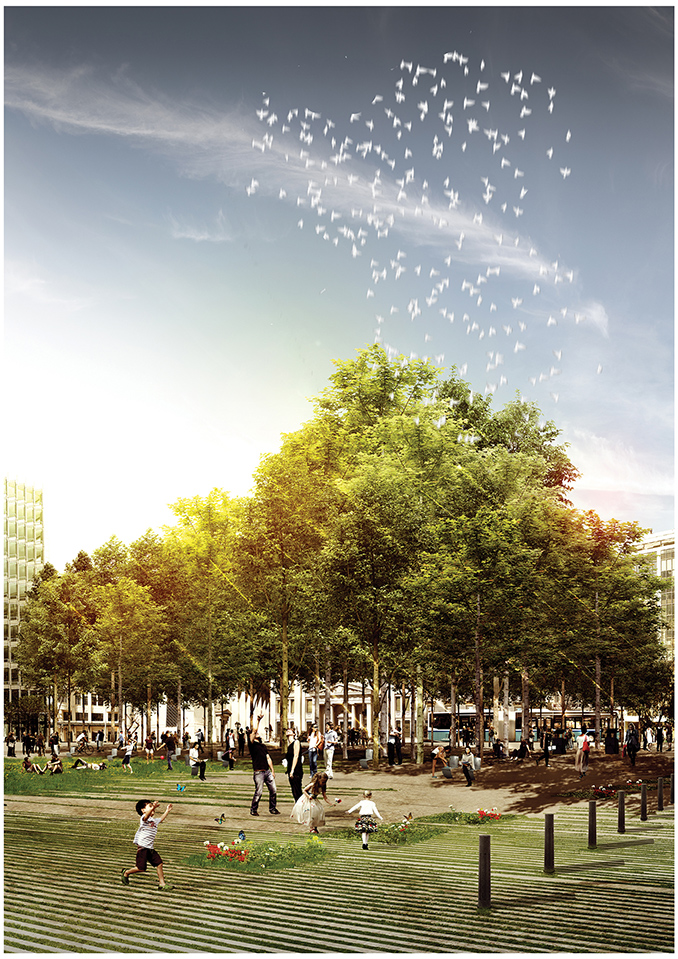
Vegetation becomes the central feature of the design and the new distinctive element of the square. Its symbolic character, an expression of a contemporary “monumentalisation” of the natural element derives from a combination of an environmental architectural design study and an analysis using the appropriate specialized simulation tools. The geometry of the green mass, in all three dimensions of space, was determined and refined through the analysis of inputs derived from aerodynamic simulation tools, from regional meteorological data and from thermal simulation tools for outdoor urban spaces. In this way, vegetation remains a distinctive and definitive element of the space – a mean of artistic expression – while taking into consideration the necessary functions – the human dimension – that it is required to offer as a green urban space. During daytime it effectively protects its visitors from sunlight, while through the careful use of lighting it becomes at nighttime a safe urban public space. The type and geometry of the chosen trees ensures the continuous visual presence of this central green element throughout the year and at the same time it regulates the desired, depending on the season, infiltration of sunlight at the protected area it creates. The determined geometry of this cluster of trees welcomes, in summer months, the pleasant sea breeze while the use of lower vegetation on its northwest edge protects in winter the square’s visitors from the prevailing winds.
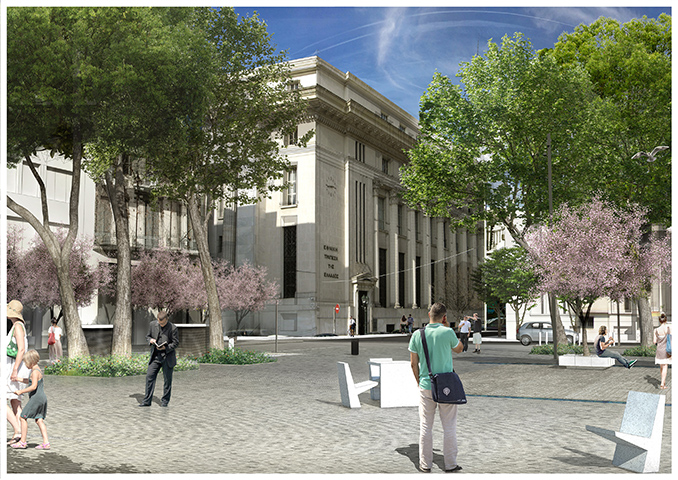
At the same time the design of the square, whose memory encompasses the history of the city, seeks to reveal and pinpoint important aspects that surpass local interest. Both the original geometry of Eleftherias Square and the historical events it hosted are pressingly claiming their right to resurface at the forefront of the new square.
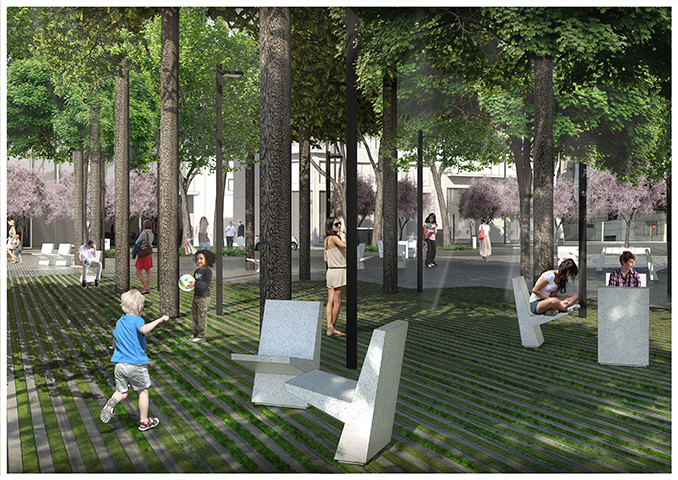
The design employs a number of “tools” for the spatial, and not only, promotion of the history of the site that present to residents and visitors:
The events that took place at the specific site and formed – characterized the local, national and international history.
The history of the site itself with the value it possesses as a part of the urban design history of Thessaloniki and as an evidence of the evolution of the city’s image.
The important buildings that surround the square and their history, as they are a valuable chapter to the architectural, financial and social history of Thessaloniki.
The promotion, or even the recollection, of the important historical events that the site of Eleftherias Square has hosted is achieved with a gesture “greater” than a monument or an inscription. The cosmic dimension of their remembrance is realized through a column, a landmark of the new square, which acts as a “selective sundial” which allows sunlight to target exclusively and with absolute precision (day and time) points – monuments of historical events that shaped the history of the main ethnic groups of Thessaloniki and are marked in the area around it.
Overall the design, on the one hand, tries to creatively promote the important historical load that lies on the site seeking to be expressed and on the other hand to perceive the square as a place where the inhabitants of the city may seek tranquility, isolation or socialization, a familiar space for a free but also protected open air accommodation of city life.
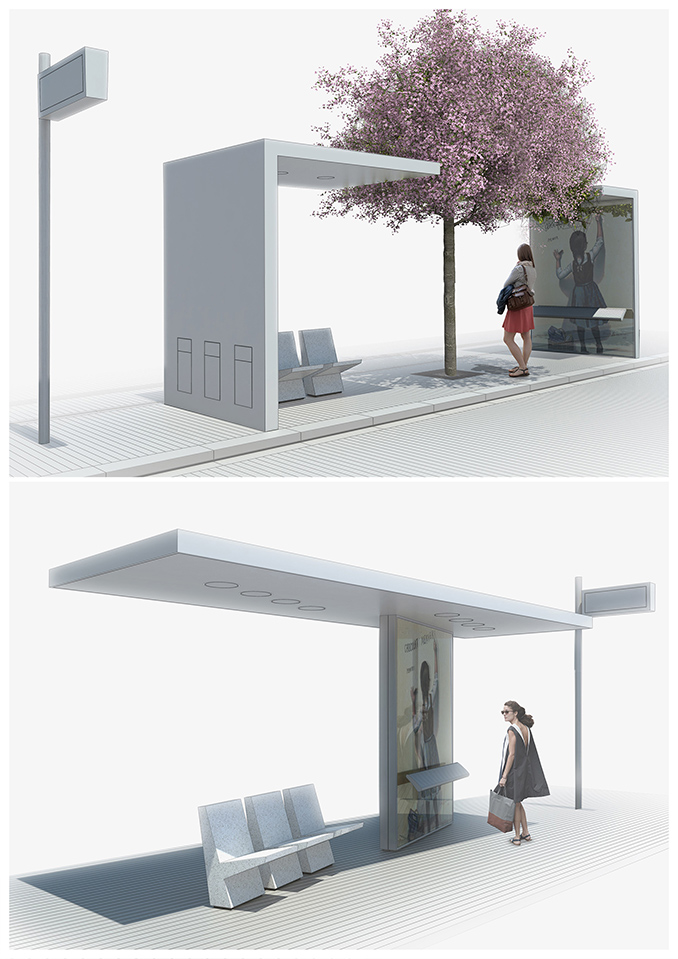

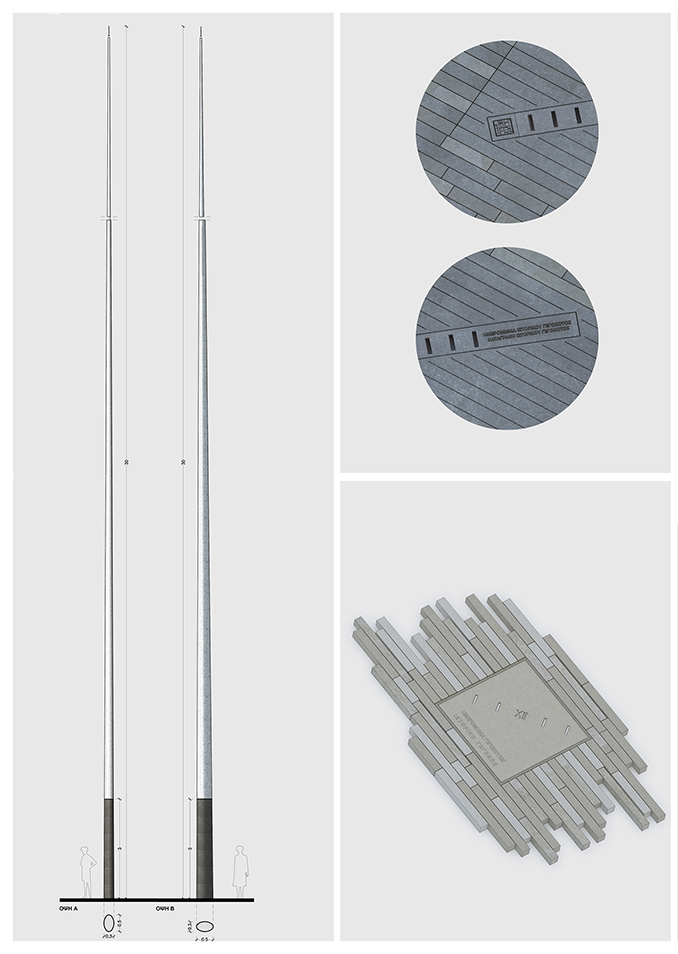
Eleftherias Square
Location | Thessaloniki, Greece
Design | TCP – architects: Themis Chatzigiannopoulos, Konstantinos Charalampidis
Engineering | Dimitrios Makris
Planting | Panagiota Koulali
Consultants | Edward Castro, Panagiotis Tzonos, Ioannis Megas, Christos Metaxas
Image Credits | TCP – architects

